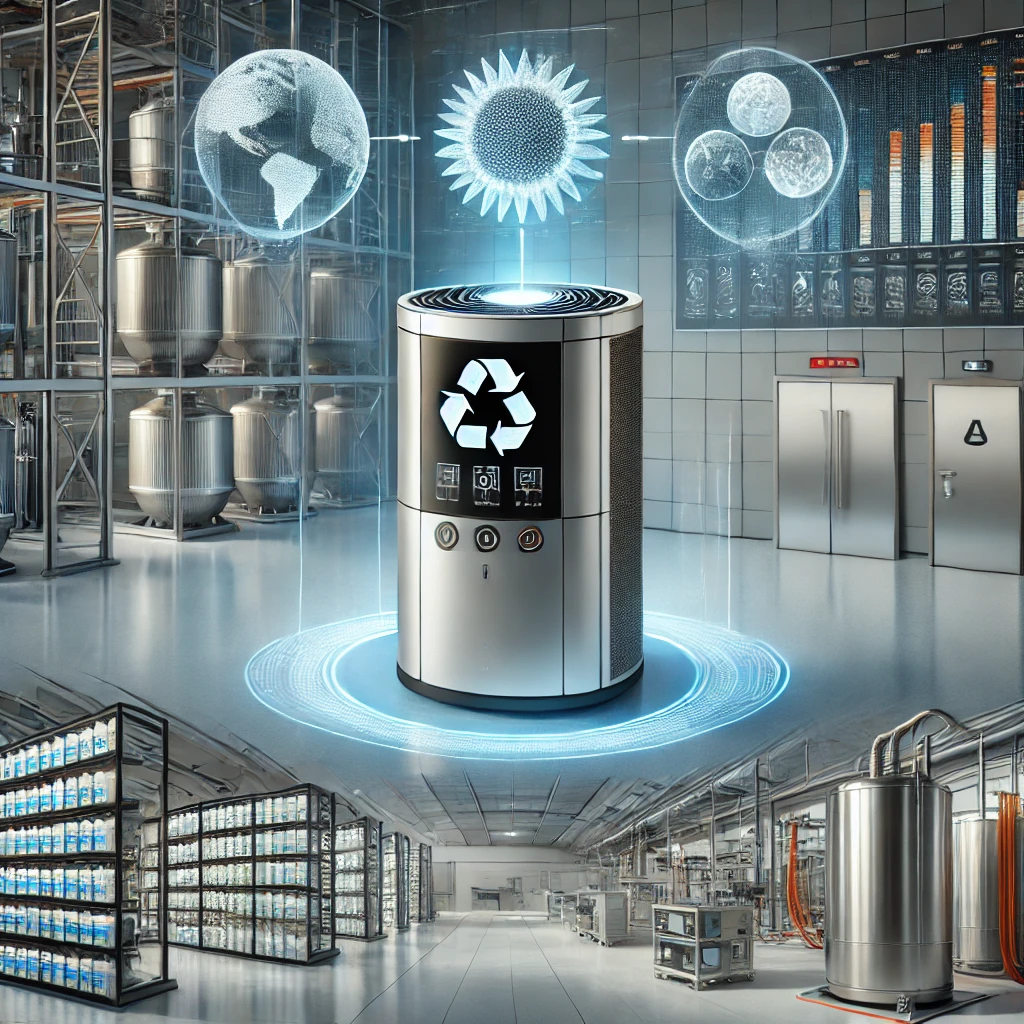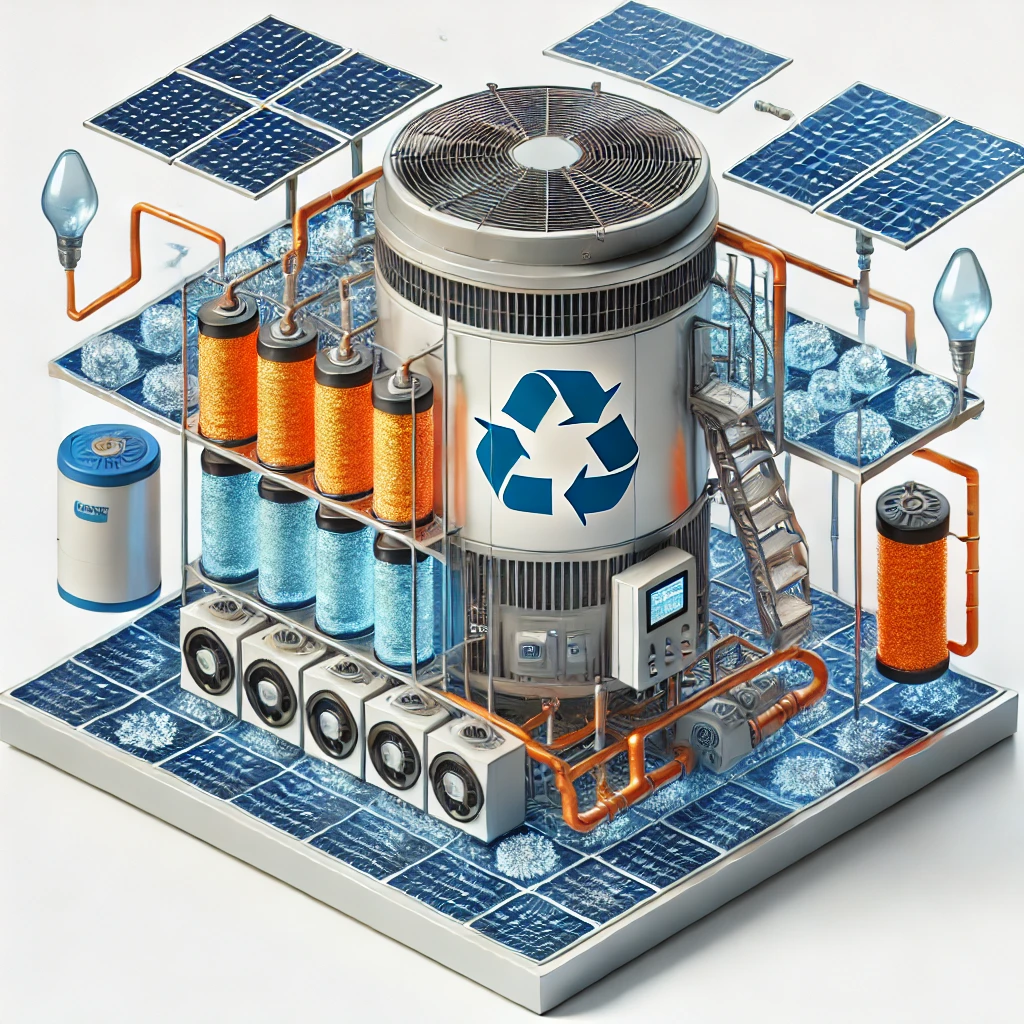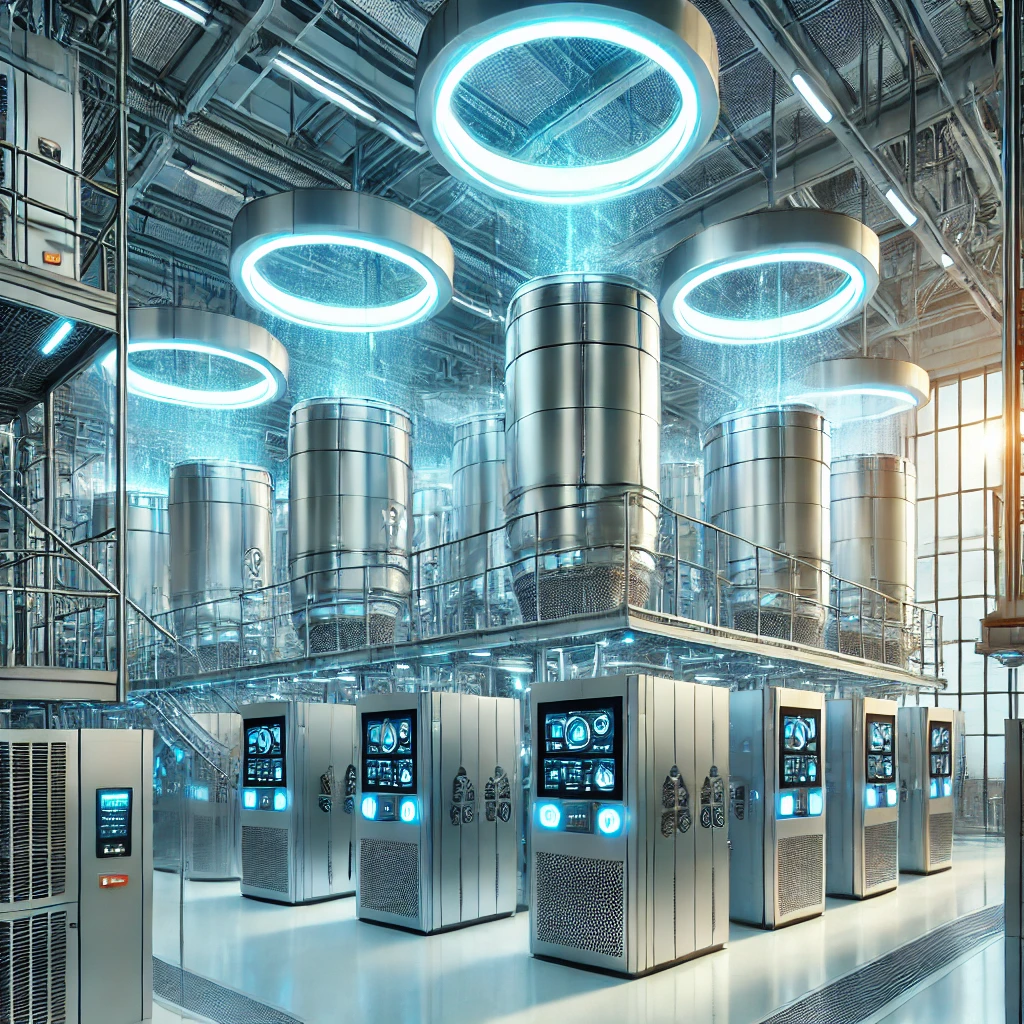As global climate change and indoor air quality concerns rise, the demand for efficient dehumidification systems continues to grow. Traditional refrigeration-based dehumidifiers have long been the industry standard, but advancements in desiccant dehumidifier technology are paving the way for a more energy-efficient and sustainable future. The future of desiccant dehumidifiers lies in innovations in materials, energy efficiency, smart technology integration, and their expanding applications in industries such as pharmaceuticals, food processing, and HVAC systems.
Get in Detail Information :
https://www.marketsandmarkets.com/pdfdownloadNew.asp?id=2593005

Desiccant dehumidifiers are set to transform the way we manage humidity, ensuring energy efficiency, sustainability, and improved indoor air quality. With continuous advancements in materials, smart technology, and system integration, the future holds immense potential for these devices across industrial, commercial, and residential applications. By embracing these innovations, businesses and consumers alike can contribute to a more sustainable and comfortable world.
This article explores the evolving landscape of desiccant dehumidifiers, highlighting their working principles, future advancements, challenges, and their transformative potential across multiple sectors.
Understanding Desiccant Dehumidifiers
Desiccant dehumidifiers use moisture-absorbing materials (desiccants) to remove humidity from the air. Unlike traditional refrigerant-based dehumidifiers that condense moisture into liquid form, desiccant dehumidifiers absorb moisture directly from the air through adsorption or absorption.
Key Components of a Desiccant Dehumidifier
- Desiccant Wheel: A rotating drum containing moisture-absorbing material, typically silica gel or lithium chloride.
- Process Air Fan: Draws in humid air and passes it through the desiccant material.
- Regeneration Heater: Uses heat energy to remove moisture from the desiccant, restoring its drying capacity.
- Reactivation Fan: Expels the moisture-laden air from the system.
Emerging Innovations in Desiccant Dehumidifiers
1. Advanced Desiccant Materials
Traditional desiccants like silica gel are effective but have limitations in moisture absorption efficiency and durability. Researchers are developing next-generation desiccant materials such as:
- Metal-Organic Frameworks (MOFs): These highly porous materials can store and release water with minimal energy input.
- Graphene-Based Desiccants: Offering superior adsorption capacity and durability.
- Hybrid Desiccants: Combining different materials for enhanced performance across varying humidity levels.
2. Energy-Efficient Regeneration Systems
The reactivation process in desiccant dehumidifiers requires heat, making energy consumption a critical concern. The future of desiccant dehumidifiers focuses on reducing energy use by:
- Low-Temperature Regeneration: Using lower heat sources such as waste heat or renewable energy.
- Solar-Assisted Dehumidifiers: Integrating solar thermal energy to power the regeneration process.
- Heat Recovery Systems: Capturing and reusing heat from industrial processes to reduce overall energy consumption.
3. Smart Technology Integration
The integration of IoT and AI in desiccant dehumidifiers will revolutionize climate control by enabling:
- Real-Time Monitoring: Sensors that track humidity levels, temperature, and system efficiency.
- Automated Adjustments: AI-driven optimization of dehumidification cycles for maximum efficiency.
- Predictive Maintenance: Early detection of potential issues, reducing downtime and maintenance costs.
- Remote Control and Monitoring: Cloud-based platforms for managing dehumidification systems from anywhere.
4. Compact and Modular Designs
Future desiccant dehumidifiers will feature:
- Space-Saving Designs: More compact models suitable for residential and commercial applications.
- Modular Systems: Customizable units that allow users to scale dehumidification capacity as needed.
- Portable Solutions: Lightweight and mobile units for flexible humidity control.

Applications of Future Desiccant Dehumidifiers
1. Industrial and Manufacturing Sector
Industries that require precise humidity control will greatly benefit from advanced desiccant dehumidifiers, including:
- Pharmaceuticals: Preventing moisture-related degradation of medicines and ensuring compliance with regulatory standards.
- Food Processing: Extending the shelf life of perishable goods and maintaining hygiene standards.
- Electronics Manufacturing: Protecting sensitive components from moisture damage.
2. HVAC and Indoor Air Quality
Desiccant dehumidifiers are being increasingly integrated into HVAC systems to enhance indoor air quality by:
- Reducing Mold and Bacteria Growth: Maintaining optimal humidity levels prevents microbial proliferation.
- Improving Energy Efficiency: Lowering the load on air conditioning systems by reducing latent heat.
- Enhancing Comfort: Creating a more comfortable indoor environment, especially in high-humidity regions.
3. Renewable Energy and Sustainable Buildings
With a global push toward sustainability, future desiccant dehumidifiers will play a crucial role in:
- Net-Zero Energy Buildings: Combining dehumidification with renewable energy sources like solar and geothermal.
- Green Data Centers: Managing humidity without excessive energy consumption.
- Water Harvesting Technologies: Capturing atmospheric moisture for potable water generation.
Challenges and Future Solutions
1. High Initial Costs
Advanced desiccant dehumidifiers with smart technology and energy-efficient components can have high upfront costs. However, long-term energy savings and improved efficiency make them a cost-effective investment. Manufacturers are working on:
- Affordable Alternative Materials: Developing cost-effective desiccants without compromising performance.
- Government Incentives: Policies promoting energy-efficient climate control solutions.
- Mass Production: Reducing costs through scalable manufacturing processes.
2. Energy Consumption During Regeneration
Although more efficient than traditional methods, desiccant dehumidifiers still require heat for regeneration. Innovations in:
- Thermal Storage Systems: Storing excess heat for later use.
- Electrochemical Desiccant Regeneration: Using low-energy methods to remove moisture from desiccants.
3. Integration with Existing HVAC Systems
Retrofitting traditional HVAC systems with desiccant dehumidifiers can be complex. Solutions include:
- Hybrid HVAC-Desiccant Systems: Seamless integration with existing cooling and ventilation setups.
- Plug-and-Play Modules: Easy-to-install systems that require minimal modifications.

The Future Outlook of Desiccant Dehumidifiers
The future of desiccant dehumidifiers looks promising, driven by the increasing demand for energy-efficient and sustainable climate control solutions. Key trends include:
1. Global Market Expansion
As industries and residential buildings adopt greener technologies, the demand for advanced desiccant dehumidifiers will rise worldwide.
2. Government Regulations and Policies
Stricter environmental regulations will push for more energy-efficient dehumidification technologies, accelerating innovation and adoption.
3. Synergy with Emerging Technologies
The integration of desiccant dehumidifiers with AI, IoT, and renewable energy sources will revolutionize humidity control.
